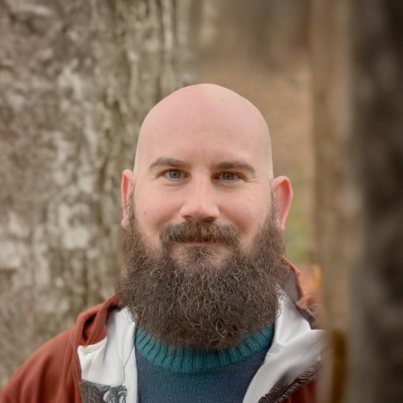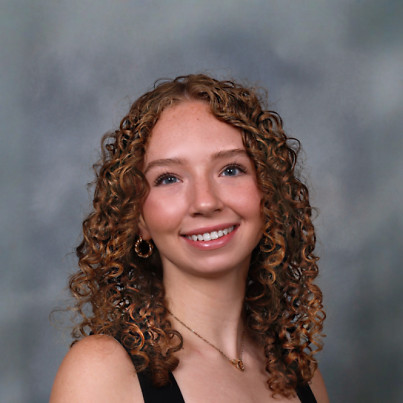Our Research
The Emerging Language Knowledge (ELK) Lab works to understand why late talkers and children with DLD have difficulties learning language. We focus on how children learn words and understand sentences.
Why Do We Study Language?
At work, school, home and nearly everywhere else, we use language. Learning to use and understand language is a critical part of early development and education. In our lab, we are trying to learn more about how we can support late talkers and children with DLD in these critical skills.
Understanding Language Delays in Children
Many toddlers and school-age children have difficulty learning language
- 10 to 20% of toddlers are late talkers or children who have delays in language development.
- 7 to 12% of school-age children have developmental language disorder (DLD), a condition that makes learning, understanding and using language difficult.
Our goal is to help improve interventions for children struggling with language.
In some studies, we show pictures or play audio clips to children and ask them to point to a picture, click a button, or say a word or sentence.
For example, in this study, we played sentences to children that described one of four pictures. Some sentences were in active voice (“The woman accidentally bumped the man.”) and some sentences were in passive voice (“The man was accidentally bumped by the woman.”)
We use eye tracking to understand how children understand language in real time. In these studies, we show pictures or videos on a computer screen, play an audio clip, and then track which picture children look at.
We do assessment testing to measure children’s relative strengths in understanding and using language.
We use computational modeling to understand how children learn words. For example, we have created semantic networks of children’s vocabularies. By measuring the patterns of these relationships, we try to understand which words tend to be learned earlier or are easier to recognize.


